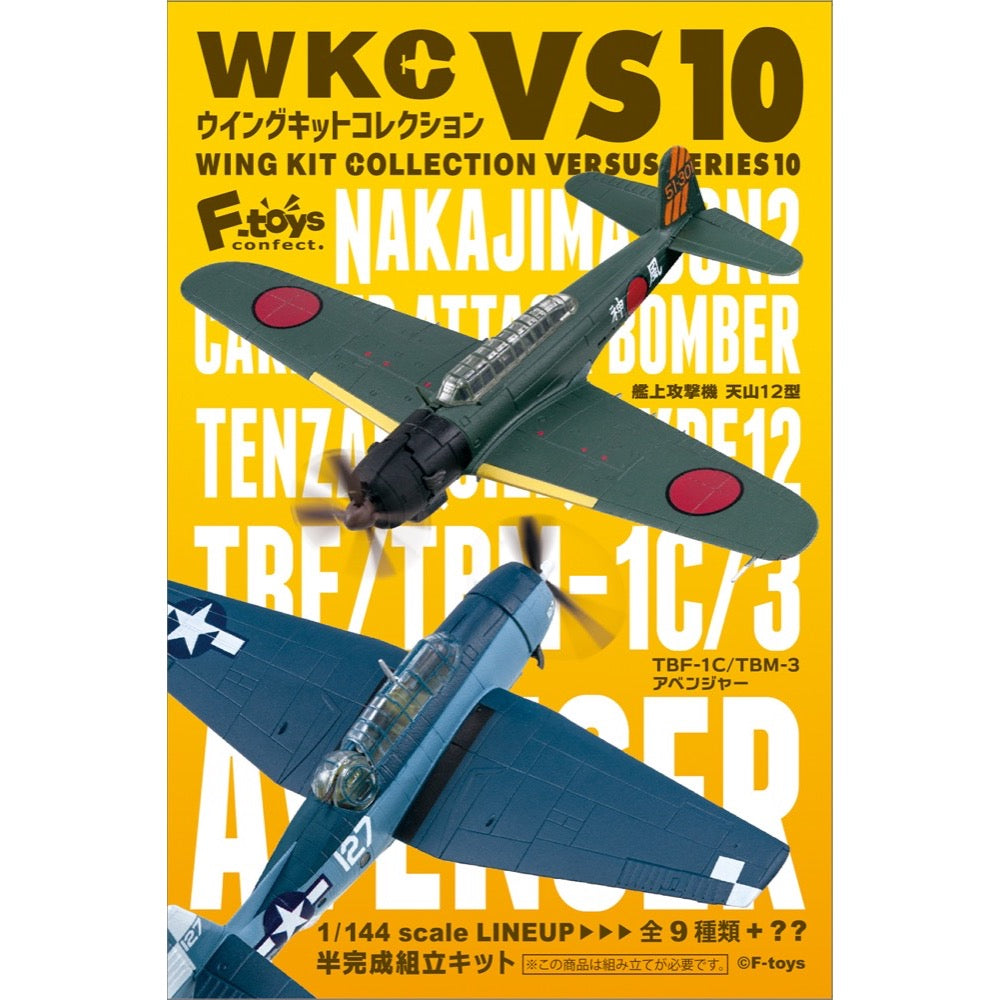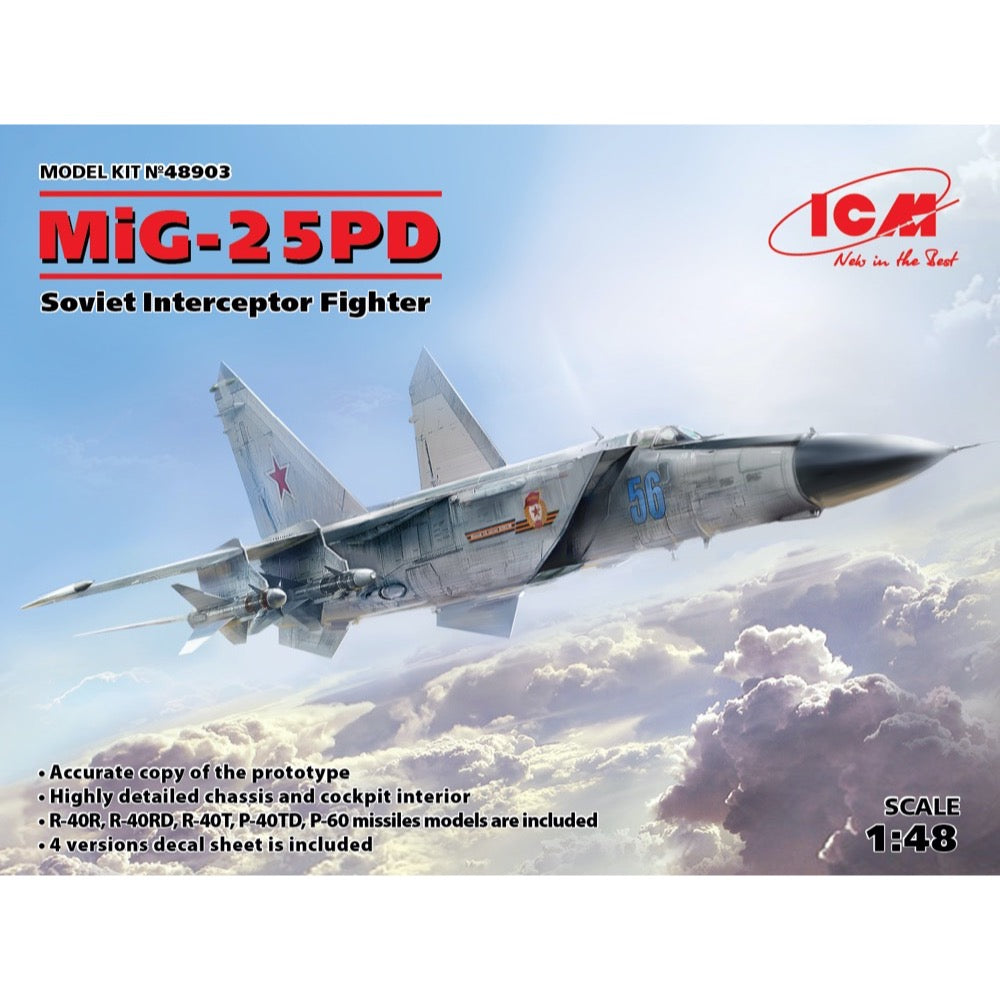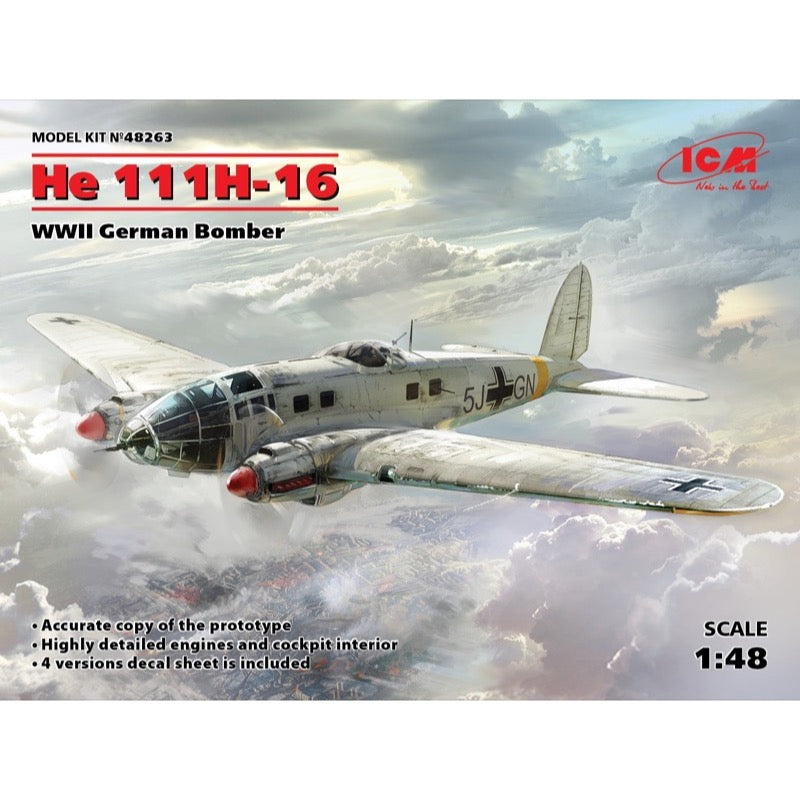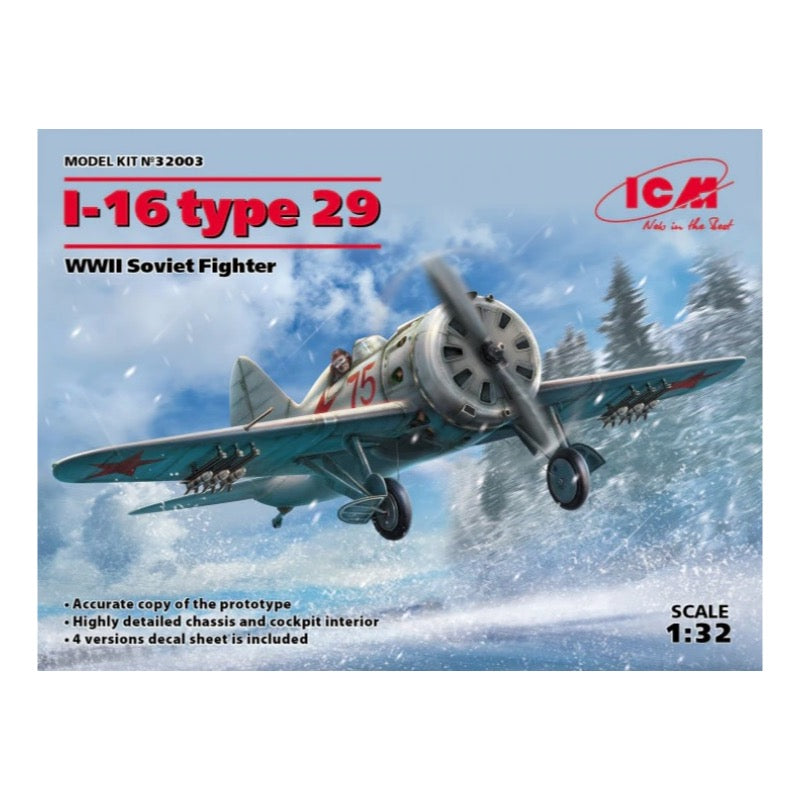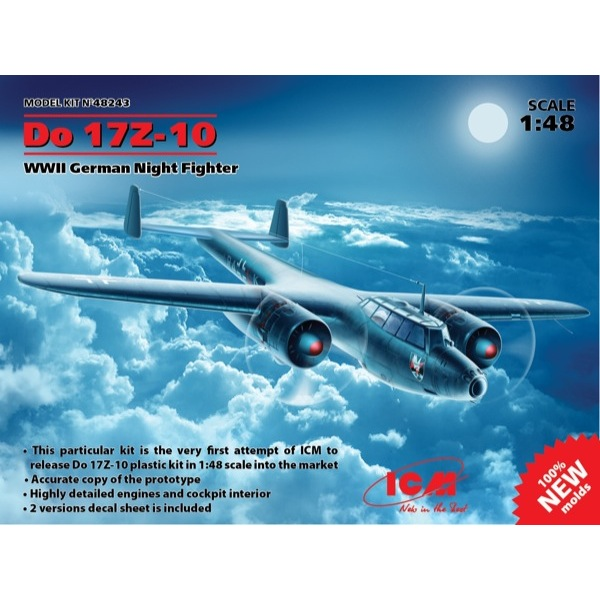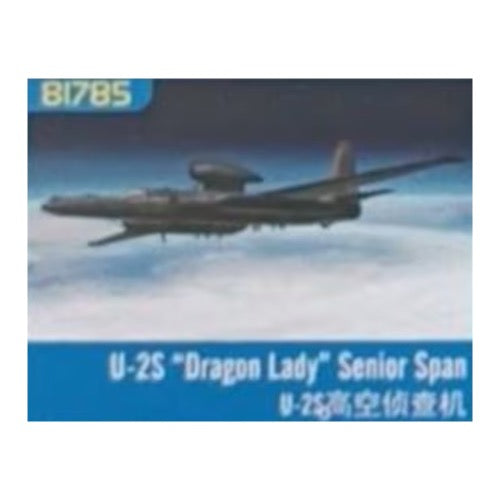
Pegasus 8412 1/48 BF-109E-4 Messerschmitt
12.00
$
<p>High quality, precision plastic snap-fit model kit. Paint and glue not included. Requires assembly and painting. For intermediate to advanced skill modellers.</p>
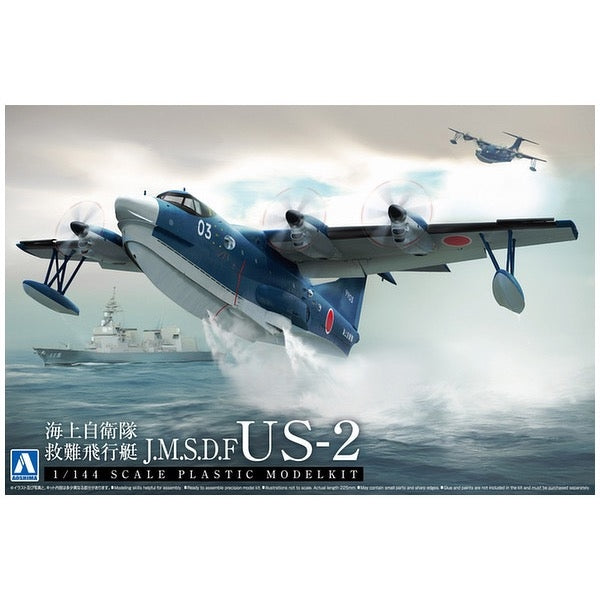
Aoshima A001184 1/144 JMSDF Rescue Boat US-2
33.00
$
<p>The Shin Meiwa US-2 is a modern Japanese flying boat. The first prototypes of the machine were created in 2003, and serial production started in 2007 and is still ongoing. The drive is provided by four turboprop engines Rolls-Royce AE2100J.. The aircraft can reach a maximum speed of 560 km / h, and its maximum range is 4,700 kilometers. The machine has no fixed armament.</p>
<p>Shin Meiwa US-2 was commissioned by the Japanese Air Force, which at the beginning of the 21st century reported a need for a completely new flying boat capable of rescue operations in open sea areas. The machine was to replace the aging Shin Meiwa US-1 / US-1A machines in the line. It is worth noting that the new flying boat was not intended to have anti-submarine anti-submarine capabilities (ZOP). The manufacturer, in order to shorten the time of analytical work and reduce costs, decided to significantly modernize the US-1A version. The modernization mainly involved replacing the engines with a completely new model, improving the aerodynamics of the aircraft and strengthening the fuselage - especially in its lower part. Currently, the only user of machines of this type is the Japanese Self-Defense Forces, but India, Indonesia and Thailand are also considering their purchase.</p>
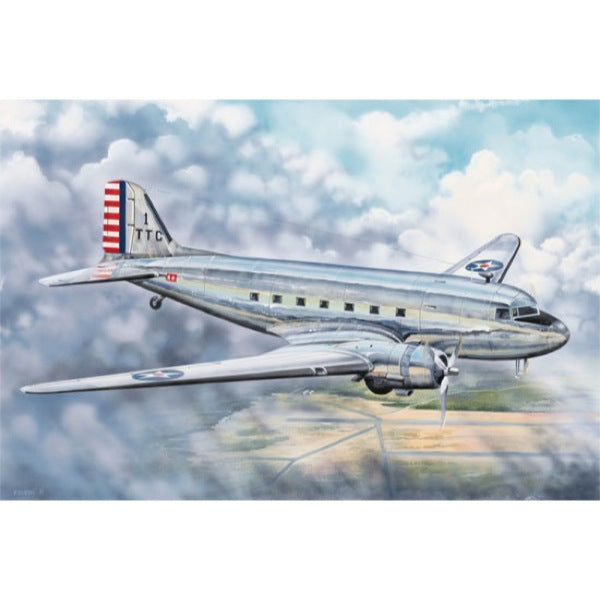
Trumpeter 02829 1/48 C-48C Skytrain Transport Aircraft
54.00
$
<p>High quality, precision <a>plastic model kit</a>. <a>Paint</a> and <a>glue</a> not included. Requires assembly and painting. For intermediate to advanced skill modellers.</p>
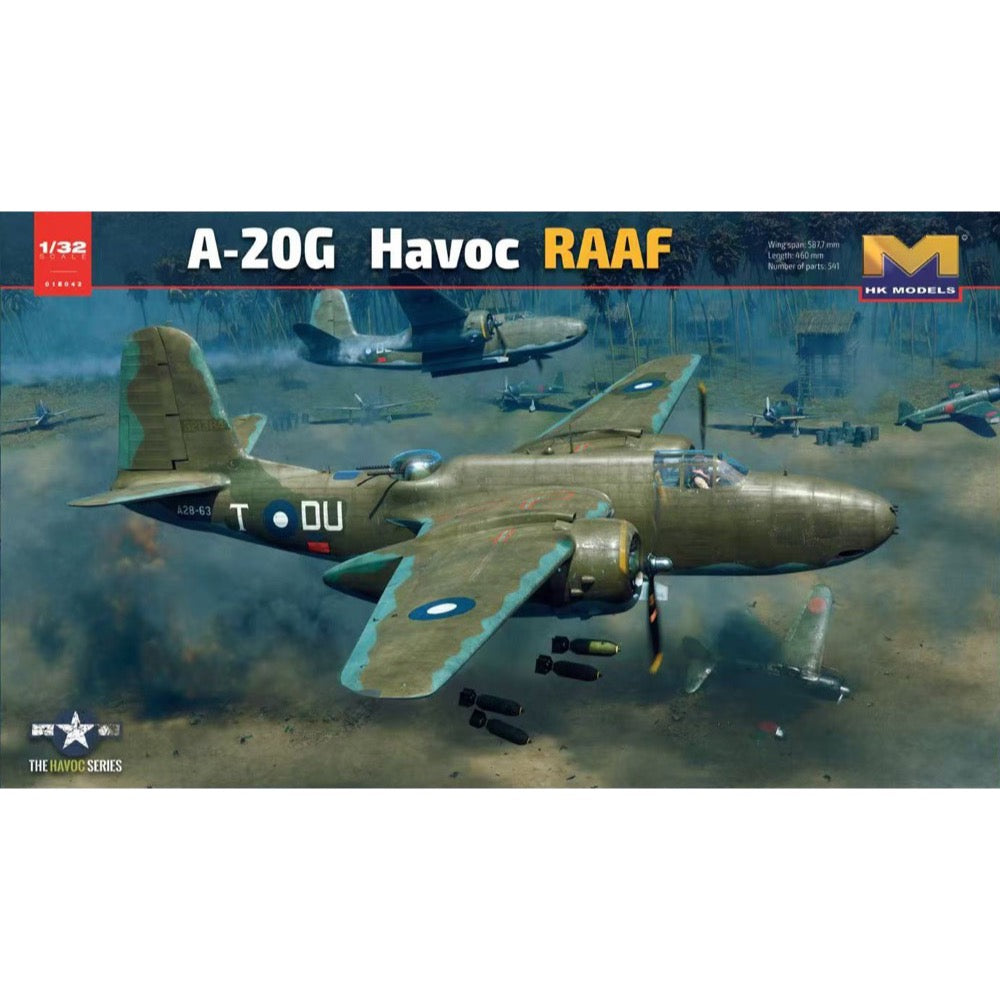
Hong Kong Models 01E042 1/32 Douglas A-20G Havoc RAAF Standard Edition
116.00
$
<p>HK Models captures the rugged and powerful Douglas A-20G Havoc light bomber and fighter aircraft that was used extensively during World War II. The Royal Australian Air Force (RAAF) deployed the A-20G in the Pacific, where these aircraft operated against Japanese ground targets, airfields and ships.</p>
<p>The A-20G version was modified for low-altitude attacks and was armed with a powerful firepower of six 12.7 mm frontal machine guns and the ability to carry bombs or unguided rockets. The aircraft was fast, durable and capable of making accurate strikes even in the inhospitable conditions of tropical islands.</p>
<h3>Features</h3>
<ul>
<li>Comes with cowlings, gun nose and 2 RAAF markings</li>
</ul>
<!---->
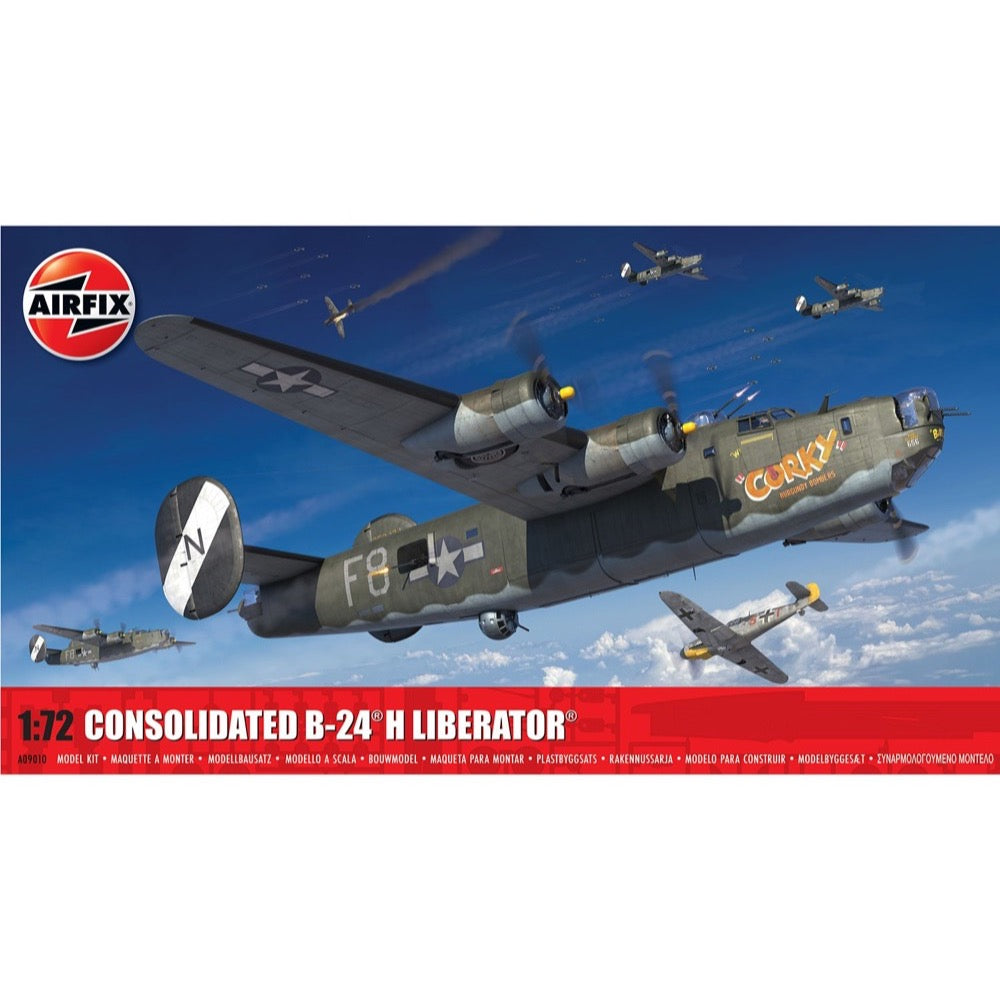
Airfix 09010 1/72 Consolidated B-24H Liberator
37.00
$
<p>The second of America's great four-engined heavy bombers of the Second World War, the Consolidated B-24 Liberator began development after the Army Air Corps approached the company to build B-17 Flying Fortresses. Unimpressed at the prospect, Consolidated proposed that they could design and produce their own bomber in the same time it would take them to establish production lines, and it would be better than a Flying Fortress. </p>
<p>When their XB-24 prototype took to the air on 29th December 1939, it was a very different-looking aeroplane to the B-17 Flying Fortress, with its shoulder-mounted thin wings, deep, yet narrow fuselage and twin-boom tail, it had a maritime aircraft appearance about it. Following its eventual USAAF introduction in 1941, the B-24 Liberator was produced in vast quantities, serving in every theatre during the Second World War, and making a vital contribution to the Allied War effort. </p>
<p>The introduction of the 'H' model addressed the aircraft's vulnerability to frontal attack, something enemy fighter pilots had been exploiting since the B-24's introduction. This variant was the first to be manufactured with an electrically operated Emerson A-15 nose turret but also had around 50 other modifications to make the Liberator a more combat-effective aircraft. </p>
<p>This was also the first variant to truly take advantage of America's capacity for mass production and it was claimed that Ford could produce Liberators faster than the USAAF could process them into service. The Consolidated B-24 Liberator became the most heavily produced four-engined bomber in the history of warfare and America's most produced aircraft of the Second World War. Quite simply, the B-24 was flown by more men, carried more bombs over greater distances and destroyed more targets than any other bomber in the history of aviation.</p>
<h4>Includes</h4>
<ul>
<li>Plastic model kit</li>
<li>Instruction sheet</li>
<li>Paint layout sheet</li>
<li>Decals.</li>
</ul>
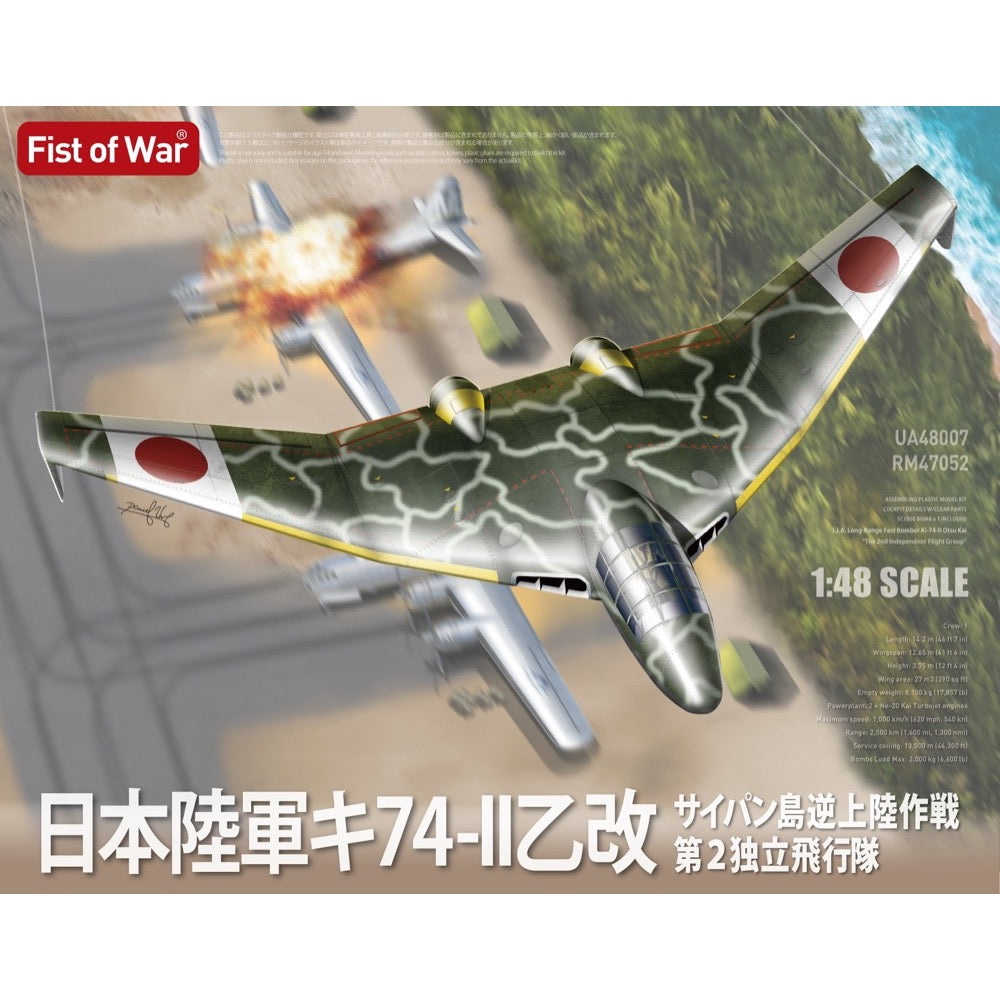
Modelcollect UA48007 1/48 Japan Army Type 74-II Bomber
12.00
$
<p>The Ki-74-II Otokai is a high-speed bomber for the Japanese Army, developed and manufactured by Tachikawa Aircraft at the end of the war using technology introduced by German submarines. It was being developed as a long-range reconnaissance aircraft for the Soviet Union, which was considered a de facto enemy, but its specifications were changed midway through to a high-speed bomber capable of strategic bombing.<br></p>
<p>This "Otsukai" demonstrated better performance than expected in test flights, and the Imperial Headquarters made a plan for a counter-landing on Allied-controlled Saipan in cooperation with a ground landing force. A total of 14 of these aircraft were actually manufactured and distributed to independent squadrons.</p>
<p>During the Saipan Reverse Landing Operation, the 2nd Independent Squadron acted as a lead bomber and caused extensive damage to parked B-29s and the runway, but despite being supported by sufficient escort aircraft, they returned home. There were only three aircraft.</p>
<p>The reason for this is unclear, as many officials have remained silent other than to state that it was not a problem with the aircraft, but there is a belief within the Graduate School of Military History that even if the new American bomb were to be used at the cost of lives, it would be completely unacceptable. It is said that this was probably due to the pilot's intention to confirm the destruction.</p>
<p>After the war, a number of documentaries were produced stating that without this aircraft and Kabuto Kai's role in the Saipan Reverse Landing Operation, ``Japan could have become the first country in human history to drop nuclear bombs on humans.'' However, most of the programs end with the conclusion that ``the United States would never have used nuclear weapons against humans in the end anyway.''</p>
<h3>Features</h3>
<ul>
<li>Japanese Army Ki74-II Otsu Kai is reproduced on 1/48 scale with Fist of War's unique interpretation.</li>
<li>Details inside the cockpit and bomb bay are also reproduced.</li>
<li>Bomb bay hatch can be opened or closed. One Type 3 No. 10 No. 5 bomb (same type as SC1000) can be stored inside the bomb.</li>
<li>Basic specifications are in parked state, but flight state can also be assembled.</li>
<li>Each hatch, landing gear, etc. can be selected between parked state and flight state.</li>
<li>Air brake, flap angle, etc. can be selected to open or close.</li>
<li>The number of parts is small, the details and fitting are excellent, and assembly is easy. Comes with Cartograph decals.</li>
<li>This product is an unassembled and unpainted assembly model. The illustration is an image of the product. There may be some differences from the actual product.</li>
</ul>


